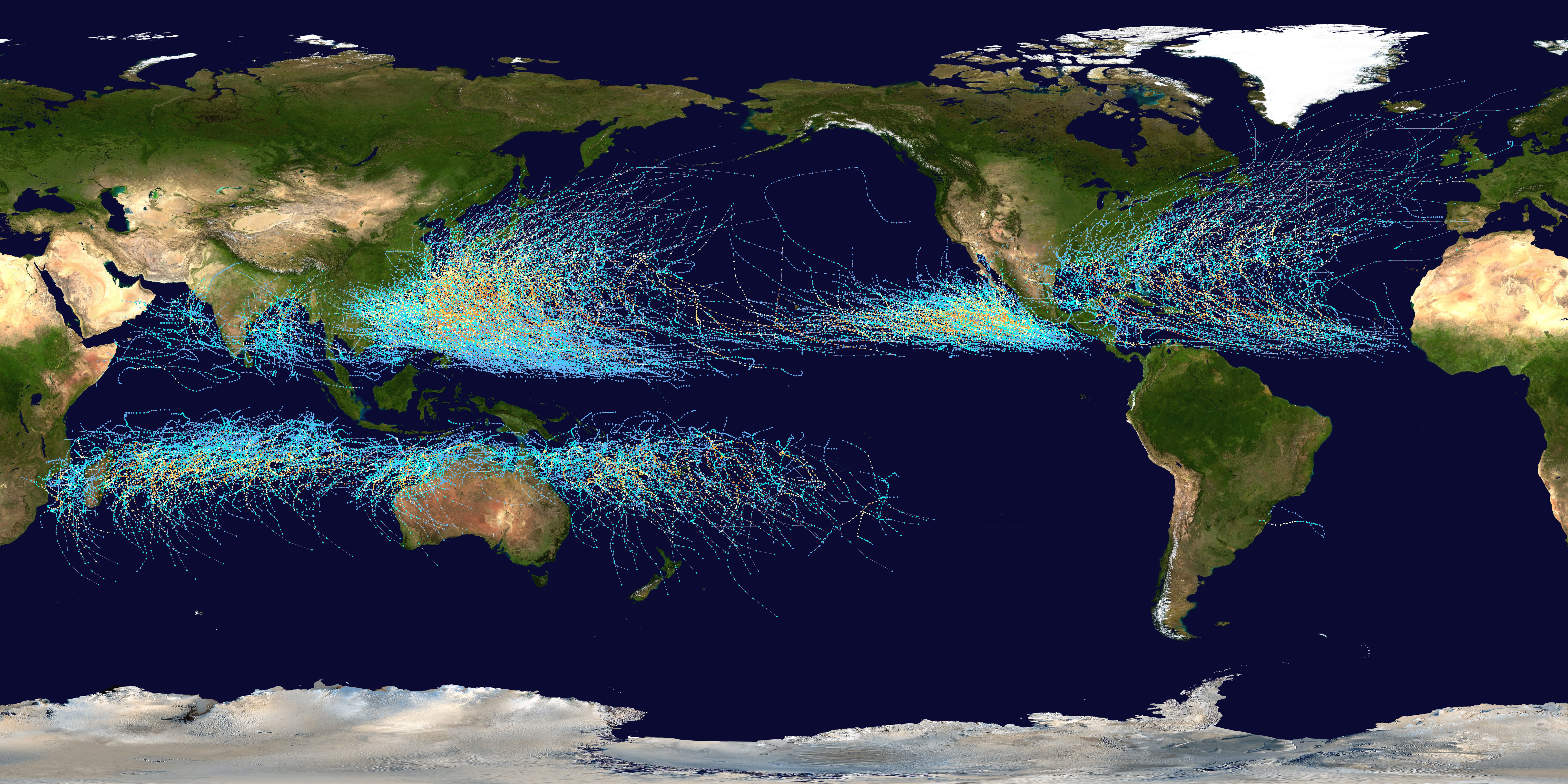Astronomy 101
- Introduction to Astronomy
- The Solar System
- Stars and Galaxies
- The Milky Way and Other Galaxies
- Telescopes and Observatories
- The Sun and the Moon
- The Earth and the Sky
- Space Exploration
- Astrobiology
- Space-Time and Relativity
- Black Holes and Neutron Stars
The Earth and the Sky
Seasons and Climate: An Overview

Weather- or climate-based subdivision of the year.
Understanding the Earth's seasons and climate is crucial to understanding our planet as a whole. In this unit, we will delve into the reasons for the changing seasons, the Earth's various climate zones, and how these are influenced by factors such as latitude and altitude.
The Changing Seasons
The Earth's seasons are a result of the tilt of the Earth's axis and its orbit around the Sun. The Earth's axis is tilted at an angle of approximately 23.5 degrees relative to its orbit. This tilt, combined with the Earth's revolution around the Sun, means that different parts of the Earth receive different amounts of sunlight at different times of the year.
During the Earth's orbit, there are times when the North Pole tilts towards the Sun (around June 21st), and times when the South Pole tilts towards the Sun (around December 21st). These are known as the summer solstice for each hemisphere, and they are the days with the longest period of daylight. Conversely, when the North Pole tilts away from the Sun (around December 21st), and when the South Pole tilts away (around June 21st), these are known as the winter solstice, the days with the shortest period of daylight.
In between the solstices, the equinoxes occur. During the equinoxes, both the North and South Poles are at an equal distance from the Sun, resulting in equal day and night lengths. These occur around March 21st and September 21st.
Climate Zones
The Earth's climate zones are primarily determined by latitude, or distance from the equator. The three main climate zones are the tropics, the temperate zones, and the polar zones.
-
Tropics: This zone is located between the Tropic of Cancer and the Tropic of Capricorn. It is characterized by high temperatures throughout the year, with minimal temperature variation between seasons.
-
Temperate Zones: These zones are located between the tropics and the polar circles. They experience moderate temperatures with distinct seasons – spring, summer, autumn, and winter.
-
Polar Zones: These zones are located beyond the Arctic and Antarctic Circles, towards the poles. They experience extremely cold temperatures, with long, harsh winters and short, cool summers.
Influence of Altitude on Climate
Altitude, or height above sea level, also significantly affects climate. As altitude increases, the air becomes thinner and less able to absorb and retain heat, leading to cooler temperatures. This is why mountainous regions are often much cooler than low-lying areas at the same latitude.
In conclusion, the Earth's seasons and climate are a complex interplay of its axial tilt, orbit around the Sun, latitude, and altitude. Understanding these factors helps us appreciate the diversity of environments and ecosystems found on our planet.